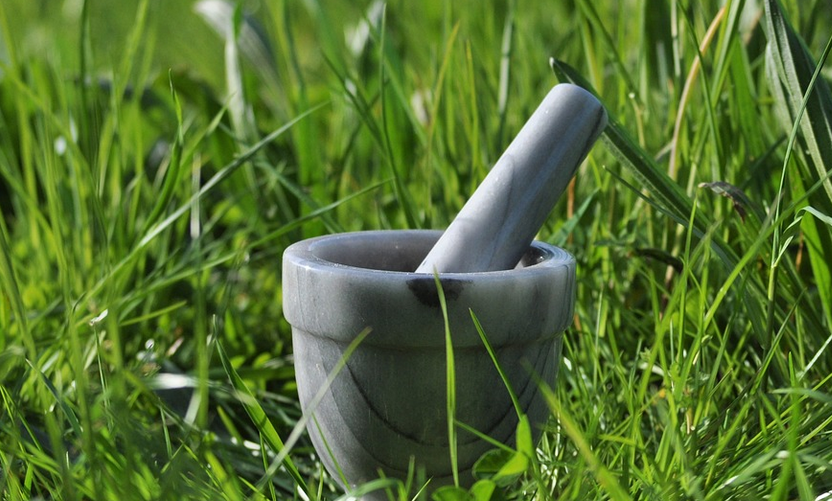What is Cellulose Insulation?
Cellulose insulation is made from recycled paper products, such as newspapers and cardboard, that have been treated with fire-resistant chemicals. It’s an eco-friendly alternative to traditional forms of insulation, such as fiberglass and foam, and is known for its high R-value (a measure of insulation’s ability to resist heat flow). Cellulose insulation is blown into walls, attics, and other spaces using a special machine, filling every nook and cranny for maximum effectiveness.
The Benefits of Cellulose Insulation
There are many reasons to choose cellulose insulation over other types of insulation. Firstly, it’s made from recycled materials, which means it’s environmentally friendly and reduces waste. Secondly, it’s incredibly effective at insulating your home, which means you’ll save money on your energy bills. Finally, cellulose insulation is non-toxic, making it a safe choice for your family and pets.
The Cellulose Insulation Tax Credit
In 2023, homeowners who install cellulose insulation in their homes can qualify for a tax credit of up to $500. This credit is part of the government’s efforts to encourage homeowners to make energy-efficient upgrades to their homes. To qualify for the tax credit, the insulation must be installed in an existing home, not a new construction, and meet certain standards for energy efficiency. It’s important to consult with a professional insulation installer to ensure that your insulation meets these standards.
How to Claim the Cellulose Insulation Tax Credit
To claim the cellulose insulation tax credit, you’ll need to complete IRS Form 5695, Residential Energy Credits, and submit it with your tax return. You’ll also need to keep records of your insulation installation, including receipts and a certification statement from the manufacturer or installer.
Other Energy-Efficient Upgrades to Consider
If you’re looking to make your home more energy-efficient, there are many other upgrades to consider in addition to cellulose insulation. Some options include:
- Installing a programmable thermostat
- Sealing air leaks around windows and doors
- Upgrading to energy-efficient appliances
- Switching to LED light bulbs
Conclusion
The cellulose insulation tax credit is a great way to save money while making your home more energy-efficient and eco-friendly. By choosing cellulose insulation, you’re making a smart investment in your home and the environment. So why not take advantage of this tax credit and start saving today?

